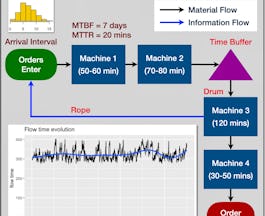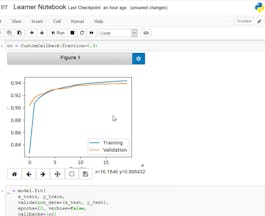Filter by
The language used throughout the course, in both instruction and assessments.
1,072 results for "statistics for data science"

Coursera Project Network
Skills you'll gain: Data Analysis, R Programming

Coursera Project Network
Skills you'll gain: R Programming, Statistical Programming

Coursera Project Network
Skills you'll gain: Data Science, Deep Learning, Machine Learning, Tensorflow

Coursera Project Network
Skills you'll gain: Computer Programming, R Programming
Searches related to statistics for data science
In summary, here are 10 of our most popular statistics for data science courses
- Simulation of Drum-Buffer-Rope Control Using R Simmer: Coursera Project Network
- Initiation avec R Markdown: Coursera Project Network
- Creating Custom Callbacks in Keras: Coursera Project Network
- Predict Diabetes with a Random Forest using R: Coursera Project Network










